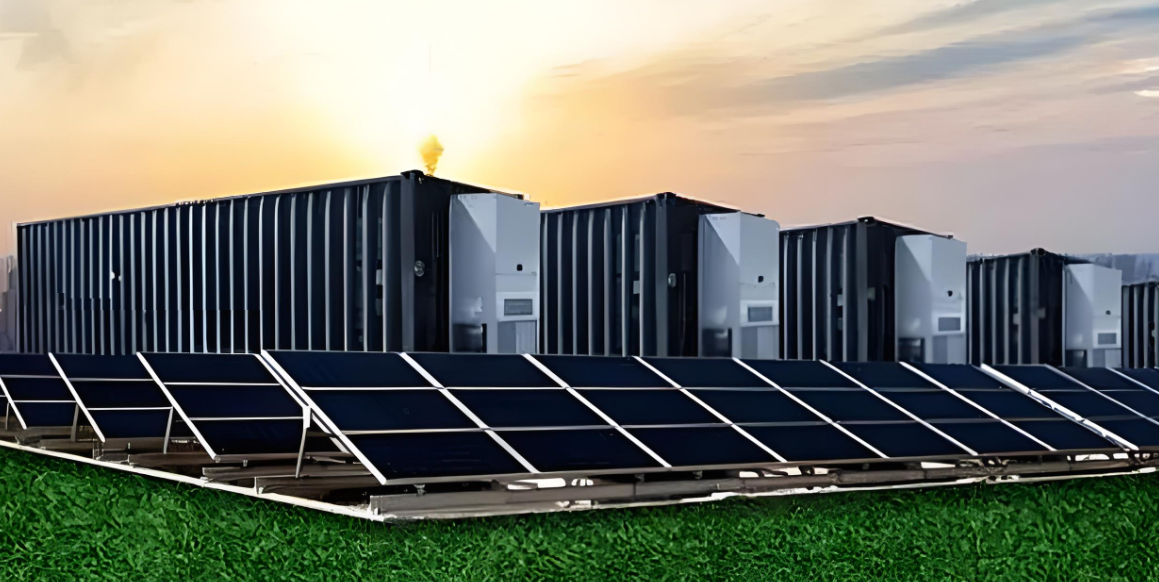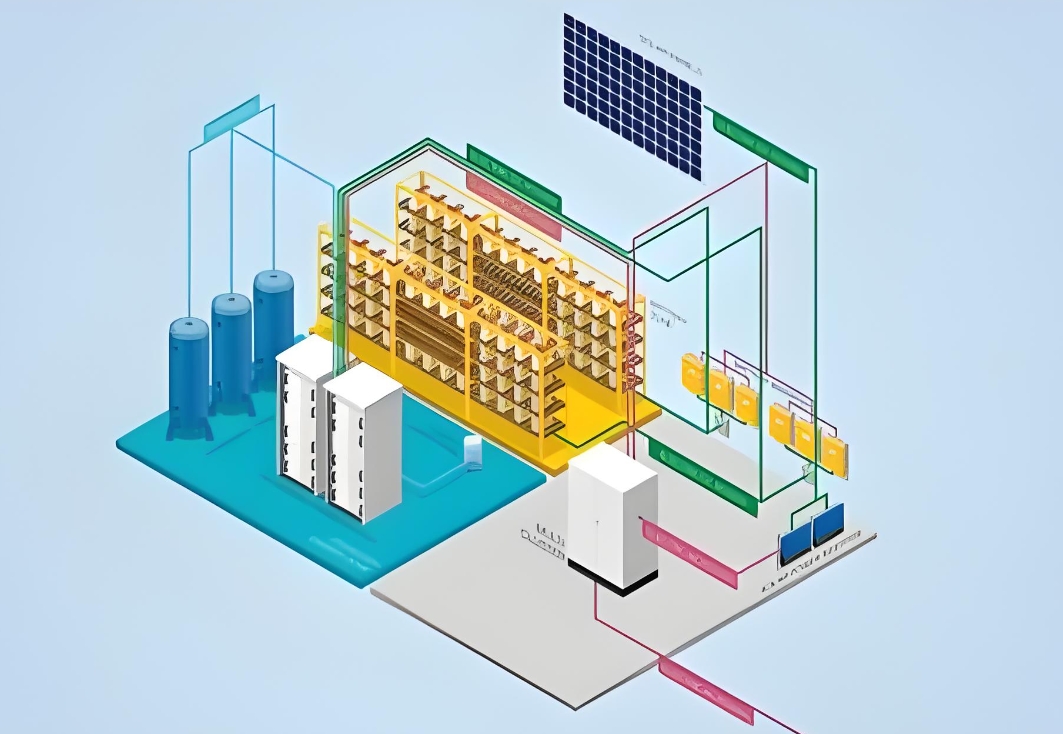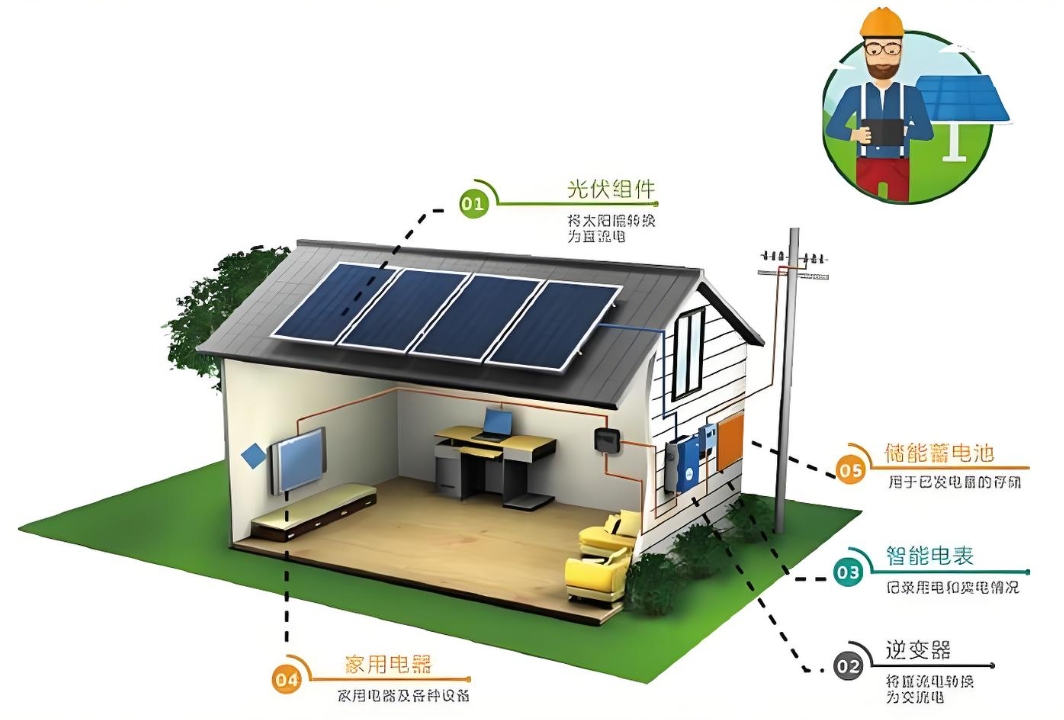Commercial & Industrial Solar Energy Storage Systems: Cost-Effective Power Solutions for Businesses
Introduction
As energy costs soar and sustainability becomes a corporate imperative, commercial and industrial (C&I) solar-plus-storage systems are revolutionizing how businesses manage electricity. From California’s tech campuses to Germany’s manufacturing hubs, these systems slash energy bills, ensure grid independence, and reduce carbon footprints. This guide explores tailored configurations, pricing, and real-world applications of C&I solar storage systems, empowering businesses to harness clean, reliable energy.
1. Why C&I Solar Storage Systems? Key Drivers
1.1 Rising Energy Costs & Grid Instability
- Commercial electricity rates in the EU jumped 42% (2020–2023), per Eurostat.
- 68% of U.S. manufacturers experienced grid outages costing $50k+/hour (DOE).
1.2 Regulatory Incentives
- U.S.: 30% Federal Investment Tax Credit (ITC) + accelerated depreciation.
- EU: Fit-for-55 grants cover up to 40% of storage costs.
- Australia: Renewable Energy Target (RET) certificates offset 35% of system costs.
1.3 Sustainability Goals
- 1 MW solar system cuts CO₂ by 1,500 tons/year = 3,500 acres of forest.
- Google, Walmart, and Siemens now require suppliers to use renewable energy.
2. System Configurations: Matching Business Needs
2.1 Small Commercial (Retail/Office Buildings)
- Load: 50 kW daily demand, 8-hour operations
- Configuration:
- Solar: 75 kW rooftop array (180 x 415W bifacial panels)
- Storage: 100 kWh LiFePO4 battery (2x Tesla Powerpack)
- Inverter: 60 kW hybrid inverter (Sunny Tripower CORE1)
- EMS: AI-powered load scheduling
- Cost: $180,000–$220,000 (pre-incentives)
- ROI: 4–6 years via peak shaving + net metering
2.2 Medium Industrial (Factories/Warehouses)
- Load: 500 kW demand, 24/7 operations
- Configuration:
- Solar: 1.2 MW carport system (2,900 panels)
- Storage: 2 MWh containerized ESS (CATL EnerC)
- Inverter: 3x 300 kW string inverters (SMA Solar)
- Grid Integration: Dual-mode switchgear for islanding
- Cost: $2.1M–$2.6M (30% lower with used EV batteries)
- Savings: $320k/year in demand charge reductions
2.3 Large-Scale (Industrial Parks/Data Centers)
- Load: 5 MW base load + 2 MW peak
- Configuration:
- Solar: 8 MW ground-mount + 2 MW rooftop
- Storage: 10 MWh flow battery (ESS Inc. Iron Flow)
- Microgrid Controller: Schneider EcoStruxure
- Backup: 2 MW natural gas generator (hybrid-ready)
- Cost: $14M–$18M (PPA models available)
- Benefits: 90% grid independence, qualifies for carbon credits

3. Global Pricing Breakdown
| Component | U.S. ($/W) | EU (€/W) | Australia (AUD/W) |
| Solar Panels | 0.35–0.50 | 0.30–0.45 | 0.40–0.55 |
| LiFePO4 Battery | 0.60–0.90 | 0.55–0.85 | 0.70–1.00 |
| Inverter/EMS | 0.15–0.25 | 0.12–0.20 | 0.18–0.28 |
| Installation | 0.20–0.40 | 0.25–0.45 | 0.30–0.50 |
Note: Prices vary by project scale and regional labor rates.
Case Study: A Bavarian brewery installed a 600 kW/1.2 MWh system for €950k, achieving 75% self-consumption and €200k/year savings.
4. Critical Technology Innovations
4.1 Battery Advancements
- CATL’s 10,000-Cycle LFP: 20-year warranty at 80% capacity.
- Second-Life EV Batteries: 40% cost reduction for non-critical loads.
4.2 Smart Energy Management
- Tesla Autobidder: AI-driven energy trading on spot markets.
- Dynamic Peak Shaving: Cuts demand charges by 60% in California’s SGIP regions.
4.3 Hybrid Inverters
- SMA’s Sunny Highpower PEAK3: 99% efficiency, 150% DC oversizing.
5. Implementation Strategies
5.1 Financing Models
- PPA (Power Purchase Agreement): $0 upfront, pay $0.08–$0.12/kWh.
- Green Loans: 2.5% interest rates in the EU’s Green Deal framework.
5.2 Regulatory Compliance
- UL9540 (U.S.): Fire safety for battery enclosures.
- IEC 62477-1 (Global): Grid-tie inverter standards.
5.3 Maintenance Essentials
- Drone Thermography: Detects panel hotspots quarterly.
- Battery Health Monitoring: Cloud-based SoH tracking via Qnovo AI.
6. Environmental & Business Impact
6.1 Carbon Reduction
- 1 MW system = Removing 350 gasoline cars annually.
6.2 Resilience
- Semiconductor fab in Texas avoided $12M loss during Winter Storm Uri via solar storage.
6.3 Market Edge
- 64% of consumers prefer eco-conscious brands (Nielsen).
Conclusion
Commercial and industrial solar storage systems are no longer optional—they’re a strategic necessity. With configurations scalable from 50 kW to 10 MW, businesses can achieve energy security, regulatory compliance, and CSR goals simultaneously. As battery prices drop 15% annually (BloombergNEF) and AI optimizes ROI, the transition to solar-plus-storage is accelerating globally. Partner with certified installers to design a system tailored to your load profile, and join leaders like Amazon and BASF in building a profitable, sustainable future.



